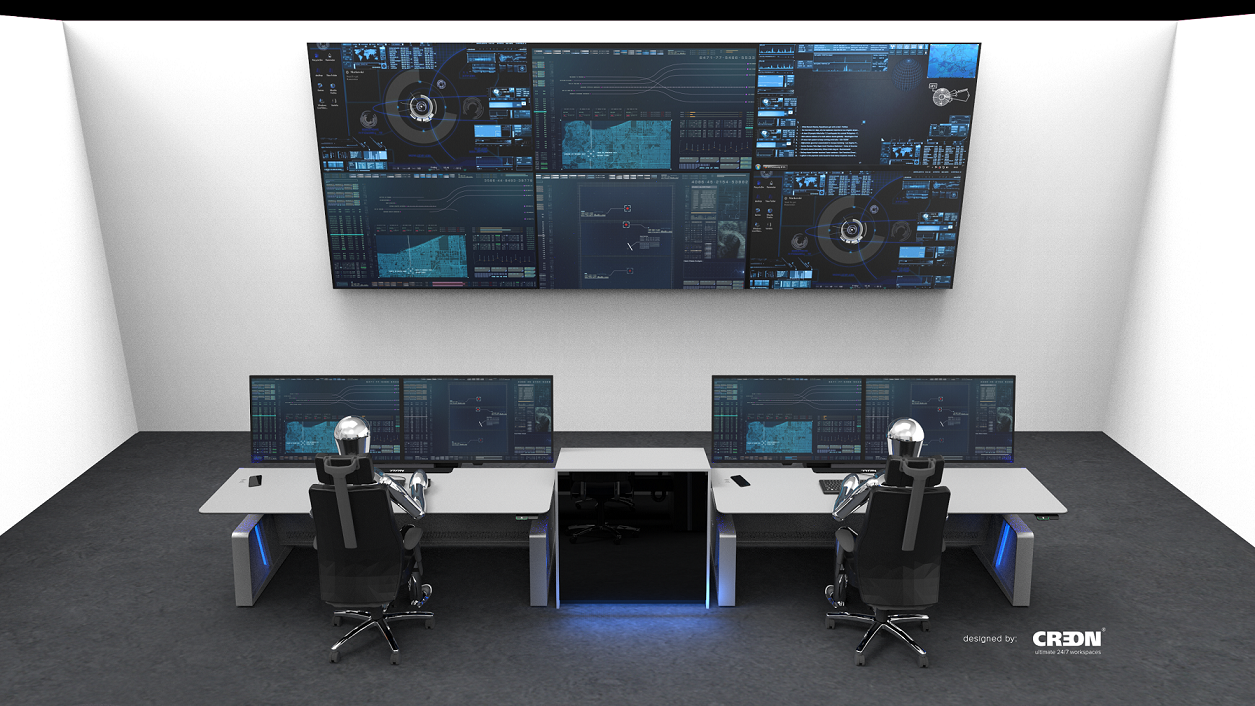Target for cyber attacks
Dr Alexandru Stefanov (EEMCS) and his team are developing a ‘control room of the future’ in order to increase the cybersecurity and resilience of the electricity grid.
The integration of renewable energy sources, such as solar and wind energy, has led to a huge increase in the use of information and communication technology to manage electricity networks, says Stefanov. Digitisation is essential for the modernisation of the electricity grid, but also exposes this vital infrastructure to cyberattacks.
Before taking charge of the TU Delft group for the cybersecurity and resilience of electricity networks, Alexandru Stefanov spearheaded the computerisation of electricity grids in the United Kingdom and Ireland. Before that, he worked as a post-doc on cyberattack scenarios for smart grids at University College Dublin. Stefanov understands the cybersecurity of electricity networks inside out.
Anyone who doubted that an electricity grid could be brought down from a simple laptop was given a demonstration on 17 December 2016 in Kiev. Some 20% of the capacity of energy company Ukrenergo was brought to a standstill after a targeted attack on a substation to the north of the Ukrainian capital. Cybersecurity companies blamed the attack on a piece of malware that was capable of identifying and deactivating circuit breakers, causing a power outage lasting more than an hour. Experts believe that the attack was a test.
Succesful hack
Stefanov and his team chose the electricity grid Real-Time Digital Simulator (RTDS) as the target for simulated cyberattacks. Would they be able to break into the control network and use falsified data to force the system to open the circuit breakers? The RTDS is a unique computer facility that serves as a digital twin for large energy systems.
The researchers successfully intercepted the most common data communication protocol (IEC 61850) and hacked it. This is bad news for all energy systems equipped with it.
The resilience of the control systems can be improved by adding a standardised authentication code to every message, according to the researchers. They plan to use AI to develop a security system that can identify and prevent attacks and help network operators to resolve incidents.
Software solutions will be tested in the ‘control room of the future’, a research facility run by TU Delft, TenneT, Siemens, Creon and others. It will open this spring as part of the completely new TU Delft Electrical Sustainable Power Lab.
